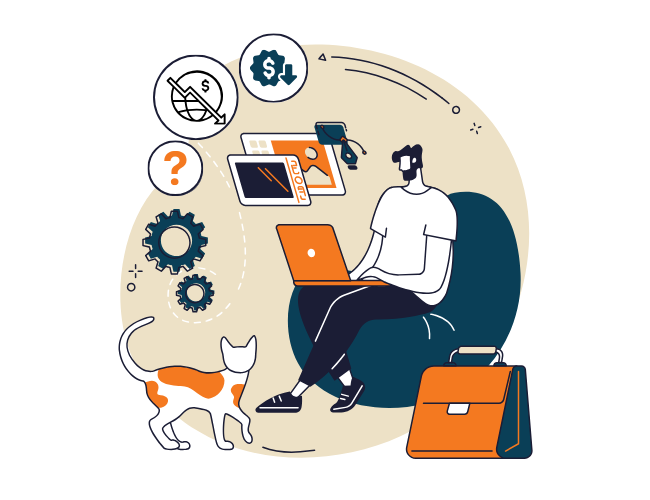As smartphone technology advances and wearable devices become more ubiquitous, a growing number of people have access to fitness tracking apps and tools to monitor their physical activity. Many wellness programs seek to utilize these technologies and offer incentives for achieving a certain amount of steps. However, it can be difficult to gauge how inspiring (or discouraging) this is for users and whether or not it has a substantial impact on people’s health habits and activity levels.
A recent study published in the International Journal of Behavioral Nutrition and Physical Fitness suggests that fitness tracking apps with rewards do have the ability to encourage more physical activity in users. Unlike other similar studies, which have been much shorter, this assessment followed users over the course of a year—a long enough time period to develop and maintain new habits.
Even more encouraging, the rewards program involved in the study offered small incentives. Researchers followed over 39,000 Canadian adults and used a popular commercial app. Users could earn $0.04 CAD/day if they reached a personalized daily step goal. This equates to a maximum potential reward of just over $14 CAD each year, though the most successful participants achieved around $10 CAD. Despite this smaller incentive, users categorized as “physically inactive” at the beginning of the study showed the most significant increase in daily steps by the end of the year. This even includes users who were physically inactive but did not regularly engage with the program.
The rewards app was not merely a successful intervention tool for those struggling to achieve healthy amounts of physical activity. Users that were already physically active also saw improvements if they were considered “committed,” or regularly engaged with the app. However, those that were physically active but not as engaged were not influenced by the program.
With these positive findings, researchers also pointed out the potential for a tremendous amount of savings in healthcare costs. Despite the widespread knowledge that just modest amounts of regular exercise can be one of the best ways to improve personal health, it is a challenge for most people to stay active. A 1% reduction in the number of physically-inactive Canadians, researchers estimated, would save over $2.1 billion CAD thanks to the benefits of sustained activity levels (including better systolic blood pressure and glucose levels). Businesses, too, could achieve financial savings through an effective rewards program and commercial app integration for their employees.
Best Practices For Continuous Wellness Programs
The study reflects some important ways that wellness programs can effectively utilize rewards programs and integrate with commercial apps. Those that engaged the most with the app made the most significant strides in achieving improved and sustained activity levels. So, what makes a program engaging?
First, a continuous program needs to offer incentives that are attainable for even the least healthy or active employees. Otherwise, they will not be able to earn rewards and will choose not to participate altogether. The app in the study made use of personalized goal settings for users. Inactive individuals have the most to gain from these programs (in terms of both health, work performance, and financial savings) so it is important they do not become excluded due to their individual needs not being met.
Additionally, the system of a cumulative monetary reward structure allowed for flexibility with participation. Users would earn more if they were more consistent with their activity levels. Instead of working toward a limited number of rewards tiers that, once achieved, did not offer more incentives for individuals (or were too high to attain for some). Rewards were also distributed instantaneously. If incentives are not distributed in a timely manner, individuals will not be as motivated to work towards their wellness goals. Cash is an especially flexible reward that most people are motivated to earn; but even other incentives, such as more time off or gift cards, can be just as effective depending on what a particular group of employees prefer.
Go Beyond Physical Activity Tracking
While there are many commercial apps that address activity levels, it is important to remember that an effective holistic wellness program addresses more than just physical health. Employers should also consider making use of other types of wellness-related apps. For example, meditation tools, mental health resources, nutrition content, meal planning programs, and personal finance apps are also on the rise and can play a role in improving employee’s well-being. Integrating other types of apps and wellness content can add a variety to continuous programs that keeps people interested and involved with making positive lifestyle changes.












